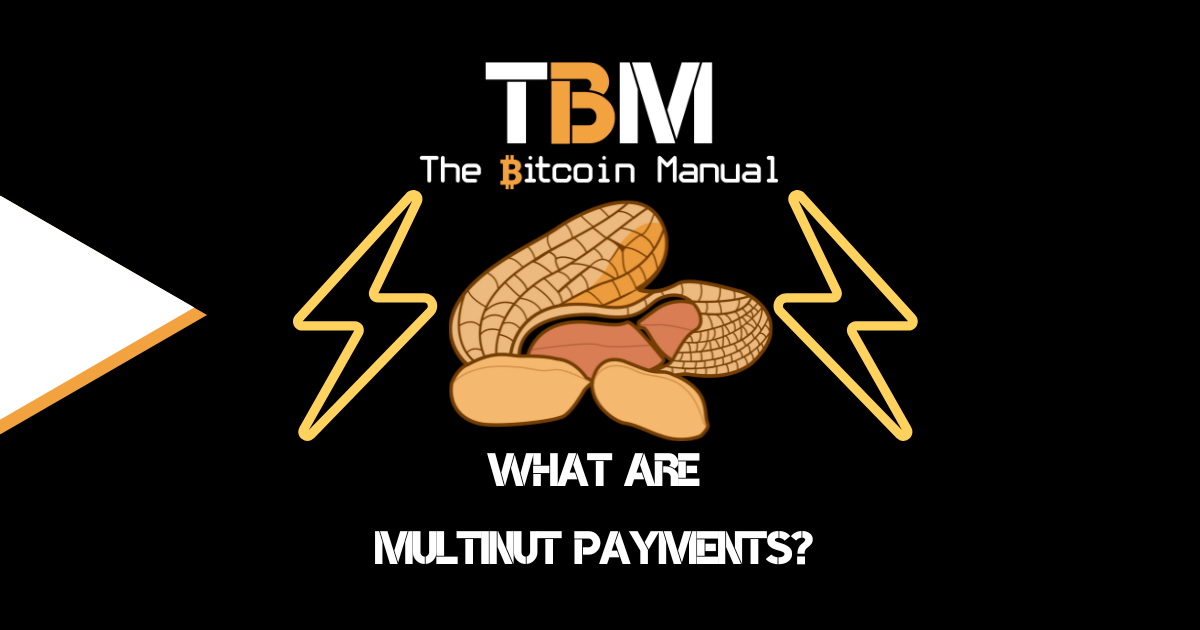If Bitcoin is to transition from a store of value towards a regular medium of exchange, aka how we pay for goods and services daily, using on-chain payments will not cut it. On-chain confirmation speeds and fees are the obvious deterrents to regular Bitcoin commerce. Block space is predicted to become increasingly rare as more people join the network and wish to secure transactions.
Even if fees remain absurdly low, the average user will likely not employ any privacy-preserving techniques and will start creating an endless supply of linked purchase data.
While base payment methods face their own privacy battles, innovative solutions like the Lightning Network (LN) offer faster, cheaper, and more secure transactions. The Lightning Network is far better suited for daily transactions, but it has a distinct limitation: the ability to self-custody requires a lot more effort and commitment than layer one.
As Lightning operates today, the barrier to entry for non-custodial use is far too high. Running your own full node, committing capital, picking a channel partner, and maintaining channel capacity is a hassle the average person wants to avoid dealing with in exchange for paying for coffee or that beef stake from your Bitcoin butcher.
So what’s the alternative?
Well, you can opt for a custodial lightning wallet or leverage a Lightning Service Provider (LSP) that will manage the technical burden on your behalf, but for that convenience, you trade away ownership of funds with custodial wallets and privacy with LSPs.
Normie-friendly payments have trade-offs
If custody is not your primary concern but privacy is high on your list of demands, eCash mints provide an alternative. In this model, you submit capital to a custody provider, the eCash Mint or multiple mints. In return, you receive eCash tokens representing satoshis held in the custodian Lightning channel.
You can acquire or mint new eCash tokens by adding to your Satoshi balance or burn eCash tokens to spend them, sending them to other users via the Lightning Network.
eCash mints allow for greater privacy since all mints are blinded. You can use multiple mints, meaning you can distribute your custody risk across a spectrum; if one rugs you or goes down, your total balance is not lost, only what was with that specific mint.
Spreading your custody risk might offer some protection, but it also adds another level of friction. What happens when you want to interact with merchants using different eCash mints or only Lightning, but the payment is larger than the funds you keep in a single mint?
Previously, you would have to move enough funds to one mint before you make the payment, which is a pain in the arse, and is the reason why multi-nut payments are required to reduce friction and streamline cross-mint transactions.
The challenge of single-mint transactions
Currently, an eCash mint is run by a single provider.
As a user with an eCash wallet, you can add as many mints to your wallet as you desire. This could be a friend’s mint, a business or developer you trust, or a mint that has built up a solid track record.
eCash users of the same mint can pay one another directly with their eCash tokens, while those in different mints require a Lightning transaction to transfer funds from mint to mint.
This means a user needs to ensure they have sufficient funds within a specific mint to pay a merchant who uses a different mint or the Lightning Network.
Introducing Multi-Nut payments
Multi-nut payments aim to address the limitation of single-mint transactions. This payment request allows users to combine eCash tokens from multiple mints to settle a single Lightning Network invoice.
Imagine having a bill at a coffee shop that uses Lightning or an eCash mint for payments. With multi-nut payments, you could use a combination of funds from Mint A, Mint B, and even some leftover Bitcoin (BTC) to pay the bill, as long as the total value covers the invoice amount.
Multinut Multipath Payments – paying a single Lightning invoice from different Ecash mint Lightning nodes at the same time – solve 50% of the Lightning payment reliability issues for those users.
— dr. calle (@callebtc) March 9, 2024
For free.
Benefits of Multi-nut payments:
- Increased User Choice: Multi-nut payments empower users to choose the eCash mint that best suits their needs in terms of fees, features, or privacy preferences.
- Enhanced Liquidity: Multi-nut payments can improve overall liquidity within the LN by allowing users to combine funds from multiple mints.
- Reduced Friction: Users no longer need to worry about having funds in the exact eCash mint a merchant utilises. This streamlines transactions and promotes a more seamless user experience.
- Promotes Competition: The ability to use multiple mints can foster competition between eCash issuers, potentially leading to lower fees and better functionalities for users.
The future of payments with Multi-Nut functionality
Creating more flexible, user-centric payments where the wallet does most of the heavy lifting can make eCash a more attractive custody option, hopefully attracting some fully custodial LN users to migrate their balances.
Multi-nut payments have the potential to significantly improve the flow of sats between eCash mints and the Lightning Network, allowing users to interact with the different layers in a cheap, friction-free environment.
Do your own research.
If you want to learn more about eCash, use this article as a starting point, and don’t trust what we say as the final word. Take the time to research other sources, and you can start by checking out the resources below.




